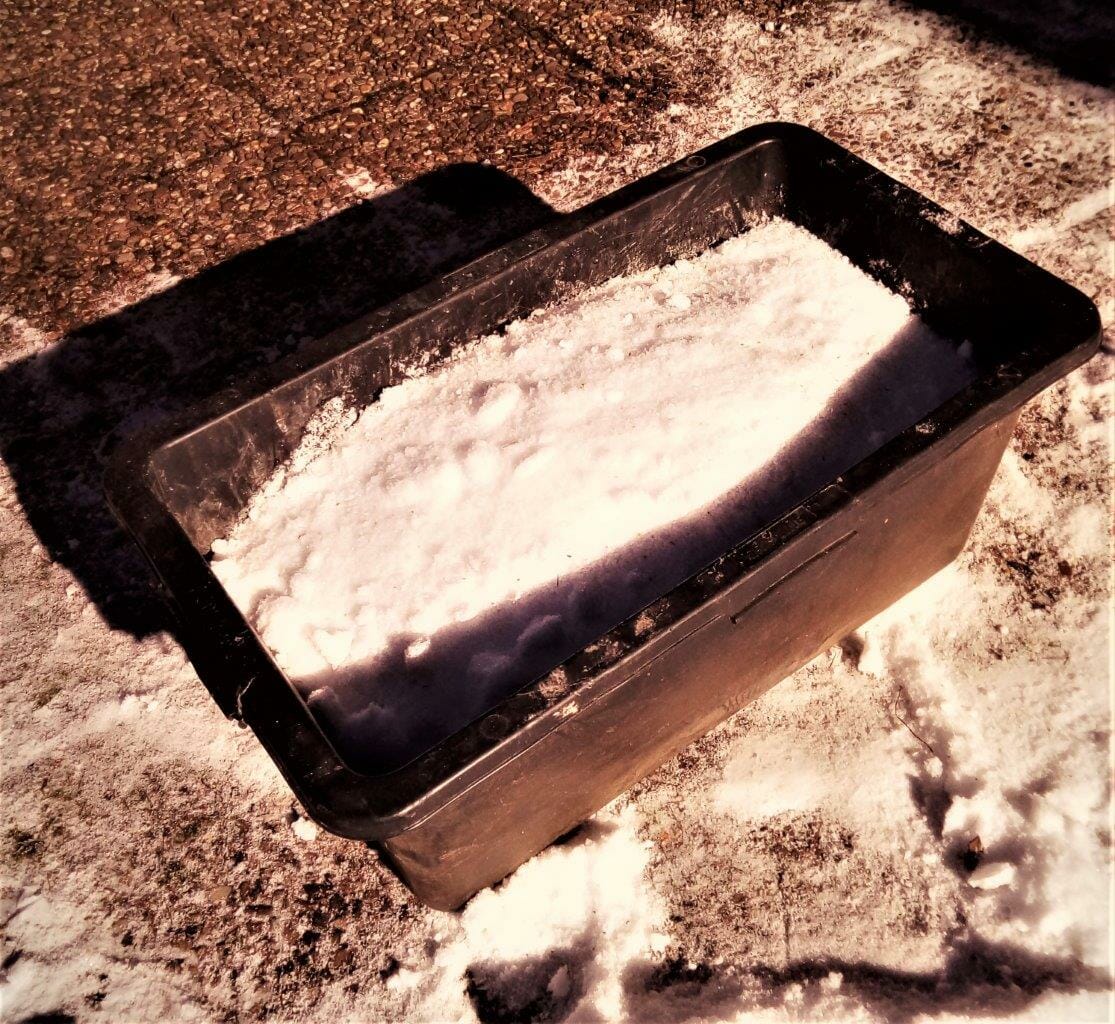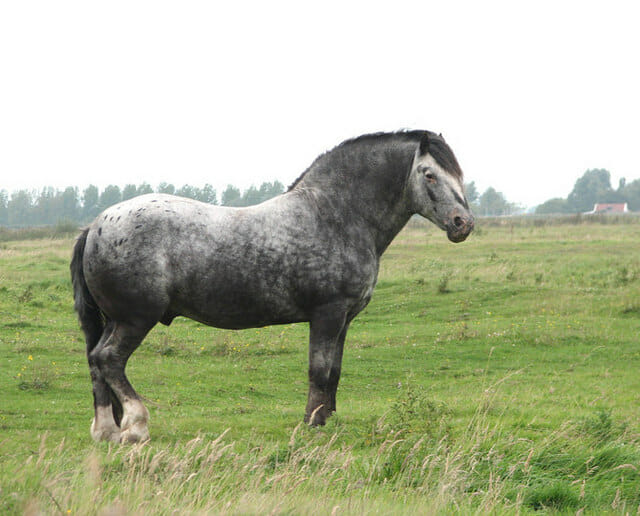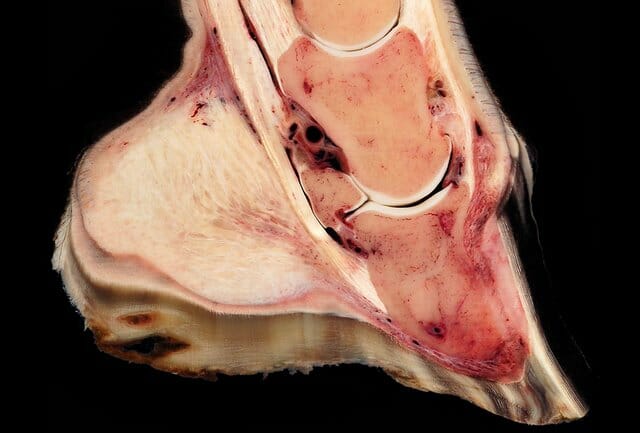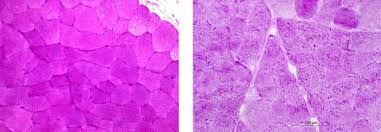How to deal with Laminitis
By Dr. Juliane Waas
Prevention is a thousand times better than treatment
Laminitis is one of the most debilitating diseases in equines and ranks among the top reasons for horses to be put to sleep. Not getting laminitis in the first place is always the safest bet for anyone involved and many of the known causes of laminitis can be avoided. Still we see way too many cases each year, most in the spring, many in the fall and some in between.
Even then and even in chronic cases, steps can be taken to limit the damage in acute cases and to successfully rehabilitate most cases, even when rotation and/or sinking have occurred.
Two pieces of research prove two good ways to deal with laminitis. For acute laminitis two studies at the University of Queensland demonstrate the effect of cryotherapy; for rehabilitation a study conducted by Auburn University and the University of Missouri have demonstrated a successful approach.
What if it happens…
Two studies conducted at the University of Queensland’s Australian Equine Laminitis Research Unit by A. W. van Eps and C.C. Pollitt focus on the use of Cryotherapy to prevent damage to the foot in laminitis.
The hoof wall is attached to the coffin bone by a structure called lamina, which consists of dermal and epidermal lamellae reaching into each other and connecting, creating a huge surface area so the connection can withstand the forces acting upon the lamina when the horse is on its feet. In the event of laminitis the dermal and epidermal lamellae separate from each other, loosening or even losing the connection between coffin bone and hoof wall. For a long time it was believed that the reason for this separation was a lack of blood supply to the lamina and concurrent necrosis. However, any treatment with the aim of increasing blood supply proved to be of no effect in clinical trials and C.C. Pollitt/A. W. van Eps eventually demonstrated, that at the early stages of laminitis there is loads of blood supply (hyperperfusion) to the lamina. What was observed though was that horses affected by acute laminitis searched out cold material (snow, cold water) to stand in. It was also observed in human practice that Cryotherapy (use of very cold temperatures) on the scalp could reduce hair loss in chemotherapy in cancer patients. With these two observations in mind a first study was conducted examining the effect of Cryotherapy in laminitic horses. The research showed that the feet that had undergone Cryotherapy showed little to no separation of the laminae, while the feet without Cryotherapy showed clear signs of separation.
In a follow up study Eps and Pollitt wanted to find out a) if Cryotherapy would cause damage to healthy feet and b) if the effects of Cryotherapy would last after therapy was stopped. Results were: a) in a group with no laminitis the use of Cryotherapy caused no pathologies in the feet. b) there was a significant difference in soundness, radiographic and histologic findings in horses with acute laminitis treated with Cryotherapy opposed to those not treated with Cryotherapy.
In further studies it was demonstrated that Cryotherapy is the only known way to halt the progress of laminitis. While most effective in the developmental phase (before lameness is observable) it still helps to reduce the progression of the disease even if it is started after lameness is visible.
To apply real Cryotherapy as a “first aid” step, the front legs need to be submerged in ice cold water at least up to the knees (carpus), continuously for at least 24 – 48 h (or longer, depending on the cause of laminitis and if that cause could be cleared). It’s a lot of work and requires a setup to hold the iced water. There are boots on the market for Cryotherapy, but they are costly and don’t hold a lot of ice, so need to be refilled very frequently. A rubber water trough or large storage container might be a cheaper alternative. Either way: the setup should be at hand if a horse comes up with laminitis. In the case of using a rubber tub the horse should be accustomed to standing in it, so training beforehand might be a good idea. In the case of acute laminitis here is no time to lose. The water temperature should be kept well below 40°F/4°C at all times (please remember that the horse needs to eat and drink without leaving the tub/container)! Cryotherapy can be discontinued when the causative agent of laminitis has been removed/mended and signs of inflammation have subsided. While Cryotherapy is the only known useful tool to halt the progress of laminitis you still need to call your vet out immediately for pain management and possibly finding and stopping the cause of the laminitic episode.
 Rehabilitation of laminitic horses
Rehabilitation of laminitic horses
After farrier Pete Ramey claimed he could rehabilitate any laminitic horse with a combination of proper hoof care, dietary management and exercise, a study was conducted at Auburn University by Debra Taylor DVM (and others). 14 obese, laminitic horses were taken into the study. 6 were considered to have acute laminitis, 8 were chronic cases (based on clinical and radiographic findings). All horses were obese (body condition score >6) and lame (>2 on a scale of 0 – 10). Radiographs were obtained from each affected foot to measure for rotation of hoof/coffin bone, sinking of the coffin bone, sole thickness and palmar angle. The horses were then “treated” with the following modalities:
a) Hoof care to create comfort in the back of the foot (to achieve a heel first landing) and to take load completely or almost completely off the hoof wall and transfer it to the sole and frog. If the sole was too thin (< 12 mm) to bear weight without causing harm to the solar corium hoof boots with soft inlays and/or casts or glue on rubber shoes were used.
b) Diet was reduced to Bermuda grass hay ad libitum. No fruits, no vegetables, no sweet or starchy treats, no pasture. As the owners of the horses didn’t get the hay analyzed for its nonstructural carbohydrate content the hay was soaked in water before feeding for at least 30 min. to reduce carbohydrate content. A mineral supplement was added on the base of known local levels. However, getting the hay tested for nutrient content could possibly save you the trouble of soaking and help you adding a mineral supplement fitting the horses needs more precisely.
c) Exercise: grass-free paddock or in-hand exercise was allowed after hooves had been trimmed to minimize weight bearing of the wall and a palmar angle <10°. In the beginning exercise was only allowed in soft protective hoof boots and as long as heel-first landing was observed. Exercise was increased by 5 – 10 min. daily up to 30 – 45 min. of hand-walking 2 – 3 times daily. If the horse seemed to land toe-first exercise needed to be stopped and the farrier called out to correct the situation.
Also, medication by a vet was administered as needed (pain management and treatment of solar necrosis and prolapsed solar corium).
Horses were reevaluated when owners reported that the horse was back to the same level of soundness as before the onset of laminitis, which was the case in all 14 horses after 5 – 12 months. In a subjective assessment of a veterinarian 12 of the horses were completely sound, 2 were mildly lame. A statistically significant decrease of rotation was achieved, thickness of the sole was significantly increased and a reduction of the palmar angle of the coffin bone was found in all horses. A reversal of the sinking of the coffin bone was observed as well, but not statistically significant. Body condition score was decreased from a median of 8.5 to a median of 5 (considered normal weight). A long-term follow-up (2 – 6) years showed that there were no recurring bouts of laminitis as long as the body condition score was kept at a healthy level.
Pete Ramey has learned and admitted by now that he cannot rehab each and every laminitic horse. But a lot more horses could go back to their previous level of performance if steps were taken in the fields of hoof care, diet and exercise.
Take home messages:
- Avoiding laminitis is always the best possible approach to this terrible disease, so learn about the causative factors and how to avoid them!
- If you still run into an episode of laminitis you can save your horse a lot of pain and trouble by standing it in ice water as early as possible at the onset of laminitis (or even as a precaution if you know of a causative factor applying to your horse – e.g. getting into the feed bin or retaining a placenta). While this is a lot of work for several people in the first 2 – 3 days it might save you a lot of work and costs later on. So be prepared by having a proper container at hand and knowing where to get the loads of ice you will need!
-
The research results that outline the most effective treatment for limiting the damage at the onset of laminitis, requires owners/veterinarians to be prepared in advance with a plan that allows for the horse to be cross-tied (or otherwise confined) for a period of 48 hours with access to hay (low sugar and soaked), water and supervised by rota of people who can change out the ice as necessary. This is no small task but solutions can include (but are not limited to) a barn rota (if you are in a boarding facility), friends, full service facility that can accommodate if affordable. Any treatment for laminitis is difficult and stressful, so if you can plan in advance to do the iced water for 48 hours, this has shown to offer the best outcomes by far.
-
Acute and chronic laminitic horses can be brought back to soundness and performance if proper hoof care, dietary management and exercise work hand in hand to build new feet on your horse. You will need a competent hoof care professional, a good vet and a lot of discipline to follow through on the dietary reductions and the exercise program.






